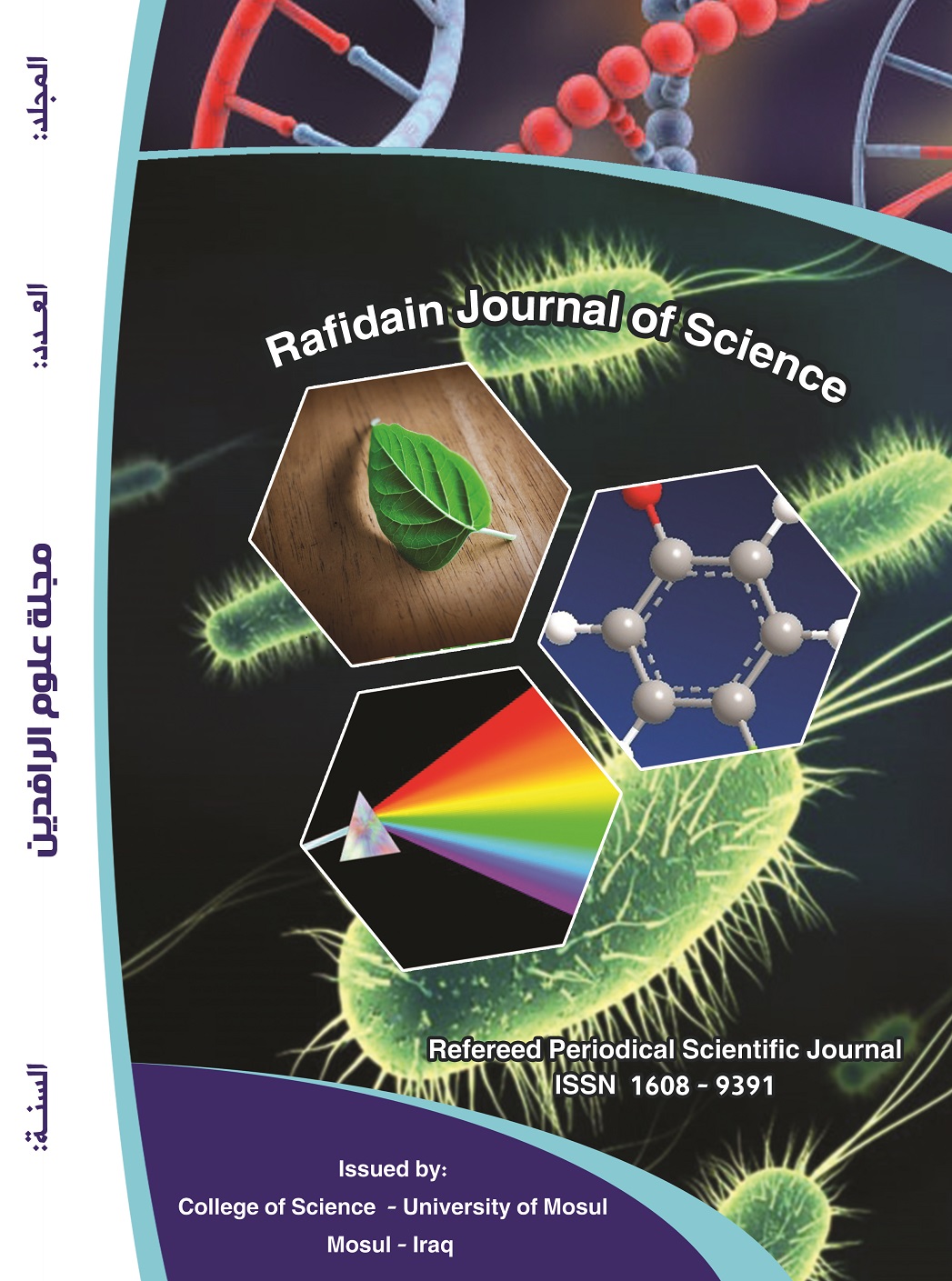Abstract
Rosemary Rosemarinus officinalis is a medicinal plant that has long been used by people all over the world, but many of its constituents may be harmful to the body. This study looks at the effect of R. officinalis oil extract on the ovaries and mammary glands structure of Sprague Dawley female rats. The chemical analysis of the tested essential oil was performed with the help of gas chromatography and mass spectroscopy (GC-MS). Suckling female rats were given orally R. officinalis oil extract at doses of 250, 500, and 1000 mg/kg body weight for 21 days, while control rats were given corn oil. Following this, tissue samples were obtained from these organs in order to study histomorphometric and histological changes. The number of primaries, secondary, graffian, and atretic follicles, as well as corpora lutea, were then determined. When compared to the control group, all doses of rosemary oil significantly reduced the number of graffian follicles and corpora lutea in the ovary. Furthermore, the number of atretic follicles significantly increased. Different doses of rosemary oil extract were used appeared congestion, collagen fiber deposition, ovarian atrophy, vascular degeneration, coagulative necrosis, oedema, degenerated lactating alveoli, and fatty replacement phenomenon in the ovary and mammary gland tissue. The current study demonstrates that rosemary oil effects on the ovary and mammary glands of female rat can cause significant structural changes, these changes increased with increasing doses of rosemary oil, this can have an impact on the reproductive function and fertility of exposed animals, as a result, the use of rosemary oil in pediatrics and pregnant or suckling women should be approached with caution due to the toxicity
Keywords
histopathological changes
Mammary gland
Morphometric
ovary
Rosemary oil
Abstract
أكليل الجبل Rosemarinus officinals نبات طبي استخدمه الناس في جميع أنحاء العالم منذ فترة طويلة، ولكن العديد من مكوناته قد تكون ضارة بالجسم. تبحث هذه الدراسة في تأثير مستخلص زيت اكليل الجبل على تركيب المبيض والغدة اللبنية لإناث جرذان Sprague Dawley. تم إجراء التحليل الكيميائي للزيت العطري المختبَر باستخدام كروماتوغرافيا الغاز جنبا الى جنب مع التحليل الطيفي الشامل (GC-MS) .Gas chromatography-mass spectrometryأعطيت إناث الجرذان المرضعة عن طريق الفم مستخلص زيت R. officinalis بجرعات 250 و 500 و 1000 ملغم/كغم من وزن الجسم لمدة 21 يوماً، بينما أعطيت جرذان السيطرة زيت الذرة. بعد ذلك، تم الحصول على عينات من أنسجة هذه الأعضاء لدراسة التغيرات النسجية والقياسية الشكلية تم بعد ذلك تحديد عدد الجريبات الأولية والثانوية وكراف والجريبات المنحلة، والجسم الأصفر. عند المقارنة بمجموعة السيطرة فإن جميع جرعات زيت إكليل الجبل قللت بشكل كبير من عدد جريبات كراف والجسم الأصفر في المبيض، علاوة على ذلك، زاد عدد الجريبات المنحلة بشكل ملحوظ. وتمثلت التغيرات المرضية النسجية في أنسجة المبيض والغدة الثديية باحتقان شديد، ترسب ألياف الكولاجين، ضمور في المبيض، تنكس فجوي، نخر تخثري، وذمة، تنكس في الحويصلات الهوائية، وظاهرة الاستبدال الدهني. توضح الدراسة الحالية أن تأثيرات زيت إكليل الجبل على المبيض والغدد الثديية للإناث الجرذان يمكن أن تسبب تغيرات هيكلية كبيرة، وتزداد هذه التغييرات مع زيادة جرع زيت إكليل الجبل. يمكن أن يكون لذلك تأثير على الوظيفة الإنجابية وخصوبة الحيوانات، ونتيجة لذلك، يجب توخي الحذر عند استخدام زيت إكليل الجبل في طب الأطفال والنساء الحوامل أو المرضعات بسبب سمية زيت أكليل الجبل.
Keywords
زيت أكليل الجبل، المبيض، الغدد اللبنية، التغيرات النسجية المرضية، التغيرات الشكلية القياسية
